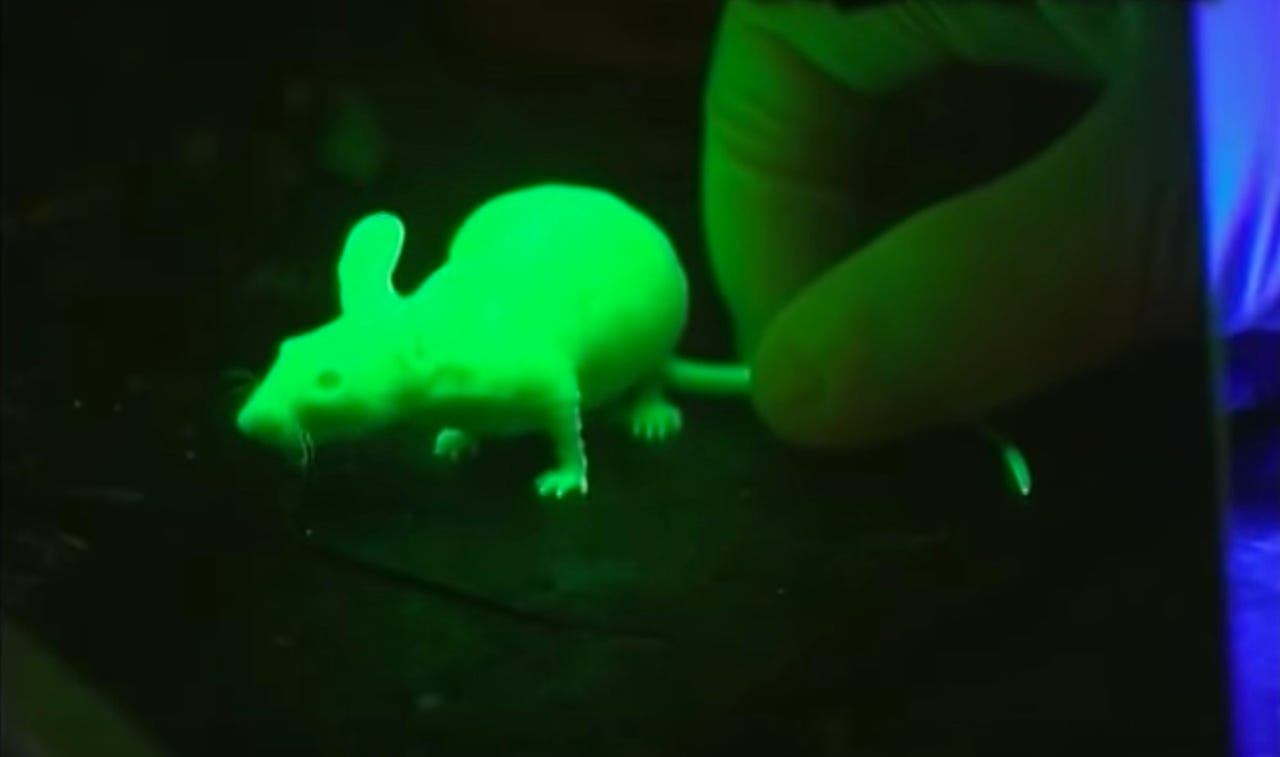Five biotech inventions the US is not ready for


In the next five to 10 years, everything from new plants to lab-grown meat and genetically-engineered bacteria is expected to hit the market -- but how will regulators cope?
According to a new report released by the National Academy of Sciences (NAS), US regulators are going to have a challenge on their hands to keep up with the range of new inventions which will impact our daily lives in less than a decade.
As reported by MIT Technology Review, the agency believes that regulatory bodies including the US Department of Agriculture (USDA), as well as the US Food and Drug Administration (FDA), need to start preparing now for the bioengineering rush ahead.
NAS says that while new technologies sourced from bioengineering have the potential to do everything from enhancing healthcare to providing synthetic alternatives to the legions of cattle raised to cater for meat demands worldwide, US regulators are in no way prepared for the new plants, animals, genetically modified germs and genetic drive research projects currently well underway.
A number of futuristic inventions are already being developed by researchers across the world, and five of which US regulators are not ready for are below.
Not much time? Check out the list in pictures:
Five biotech inventions the US is not ready for (in pictures)
1. Engineered bacteria
While we most often associate bacteria with dirt and illness, companies and research centers alike are exploring ways to genetically engineer bacteria to work for us, rather than against us.
We do not yet understand the complex natures and relationships behind bacteria, viruses, disease and illness, but for companies such as Synlogic, bacteria represents a way to evolve how we view and use drugs.
The Cambridge, Massachusetts-based company is developing what it calls "synthetic biotics," which are genetically engineered bacteria strains that can "correct" metabolic problems in the body, in the hopes of improving the lives of patients with rare genetic metabolic diseases, such as urea cycle disorders (UCD) and phenylketonuria (PKU), as well as targeting local areas to combat tumors, inflammatory bowel disease (IBD), cancer, diabetes, and obesity.
These purpose-built germs could provide an alternative to traditional drugs, but will likely pose a problem for regulators -- not only in the interest of controlling new medical products but also because agencies will have to tackle the issue of such biotics entering waste and water systems.
2. Genetically engineered animals and food
We have been using breeding programs for centuries to tailor animals to our requirements -- from larger cows to creating sheep with more wool or simply dogs and cats for show -- but deliberately altering the genes of animals, in the past, was not an option.
Nowadays, we have grown bolder. The UK's cloned sheep Dolly, glow-in-the-dark mice, a genetically modified breed of cow which produces less methane, and salmon genetically altered to grow faster are only some examples of how we have already genetically altered animals for our own ends, but as worldwide food demands increase, so has research into this field.
The US FDA has recognized the trend and earlier this year issued a set of draft proposals (.PDF) to control this kind of research.
While the FDA wants to review every genetically-engineered animal in separate cases similar to how the agency currently tackles drugs, academics and researchers have expressed criticism at the proposed changes becoming a burden for future research projects.
3. Laboratory meat products
Back in 2003, researchers unveiled the first lab-grown hamburger, produced for a hefty $330,000. However, in only four years, the price has fallen to only $11.36.
Supporting herds of animals for our protein requirements takes up vast swathes of arable land, water, and resources, and also produces 18 percent of our total greenhouse gas emissions.
With the carbon footprint of livestock expected to double in 2050 from 1999 levels, reducing the volume of animals we need can be a critical factor in preserving what is left of our environment.
Cultured meat reduces our reliance on natural resources and could assist in keeping up with global food demands -- with Memphis Meats already producing duck and chicken meat without the originals -- but the safety and viability of offering synthetic meat alternatives to consumers remains up in the air, not only for businesses but the regulators that will ultimately take responsibility.
4. Glow in the dark plants, perfumed moss, flowers always in bloom
The National Academies report suggests that plant life is also being explored beyond increasing nutritional values or shelf life to appeal more to consumers. Green City Solutions' CityTree, for example, uses engineered moss to improve the air quality of modern cities, while Fragrant Moss combined the DNA of different plants to create sweet-smelling plants for the home.
Glowing plants and genetic experiments to extend the life of flowers are also in development, and while they may not be harmful to humans, the question regulators must ask is what would happen should these genetically engineered plants enter the natural ecosystem.
5. Gene drives
Finally, altering the genetic drives of genes is an important step in improving our understanding of genetics. The technique is used to encourage one genetic trait over another, as well as disrupt or eradicate certain traits and carried diseases entirely by reducing reproductive success.
Gene drives can potentially be utilized not only to stop the spread of certain pathogens such as malaria, Zika, and Lyme disease but also as a way to eradicate pests in isolated ecosystems.
However, NAS believes it is premature to use gene drives to combat these issues, and regulators will likely face a headache of serious proportions in attempting to create rules around a concept which could destroy ecosystems and local communities should such schemes go wrong.
VIDEO: A new wave of biotech products: are we ready for it?